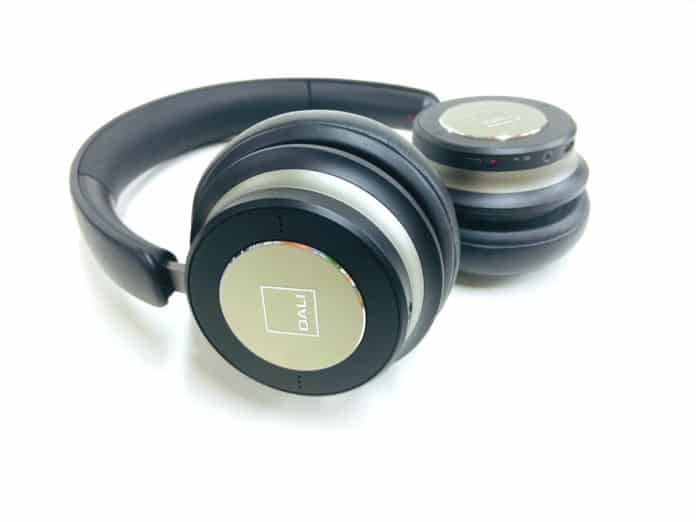Up until now, Dali has been known for its unique high end speakers. But recently, the company has started to dabble in the wireless headphone market with the release of the IO-4 and IO-6. Do their headphones sound as special as their speakers? Or should Dali stick to what they do best? Let’s find out if the IO-4 suits your ears in this Dali IO-4 Review.
Dali IO-4 Review
IN the BOX

FIT
The clamping force is on the firmer side, but not to the point of discomfort. And the snug fit is partially designed to block outside sound. Furthermore, the soft leather earpads are also quite pudgy. The earpads have wiggle room, adjusting to the shape of your head and face. So, overall, I had no problems with comfort.
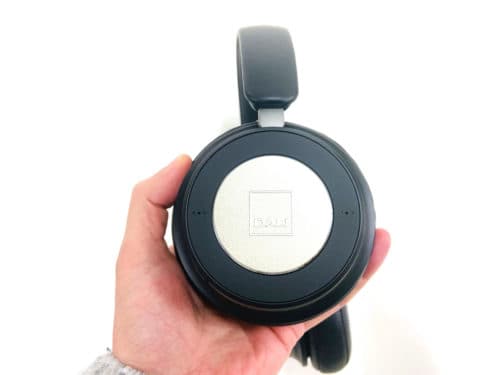
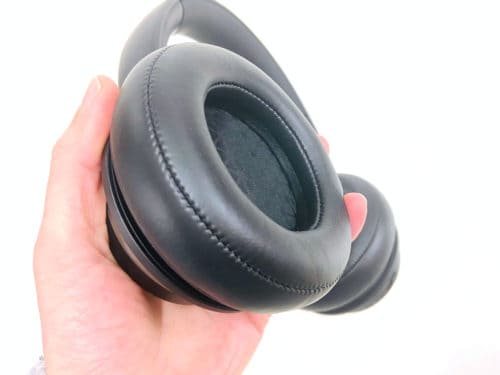
DESIGN
Driver
When it comes to wireless headphones, I hardly ever create a category that talks about the driver. But this one is kind of special. It’s a 50mm free edge paper fibre cone. Paper, people. Paper. We’ve heard about the use of paper cones in speakers, but it doesn’t show up too often in headphones. So, it’s unsurprising that the IO-4 delivers a very unique sound for a Bluetooth headphone. But more about this below.
Controls and Functionality
Using the buttons on the face the right earcup, you can control all of the standard functions, including play/pause, track skipping, volume and call answering. The buttons took me a couple of minutes to get used to, as they are not visible except for the two braille type dots on either side of the cup. But Dali has employed buttons instead of a touchpad. Personally, I prefer buttons over touchpads, as touch controls can often be overly sensitive or unreliable.
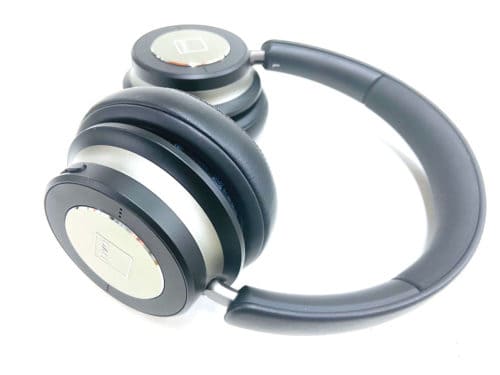
Battery Life and Charging
You’ll get a whopping 60 hours of playtime on these cans. With battery life like this, I can’t even be bothered turning them off. And when you compare the IO-4’s battery to that of other major brands in this price range (I won’t name names), the IO-4 wins by a huge margin. Golf clap.
The IO-4 implements a USB-C connection for charging, which is preferable to the older, flimsier Micro-USB connection. USB-C also means faster charging. In fact, the IO-4 only takes 2.5 hours to fully charge.
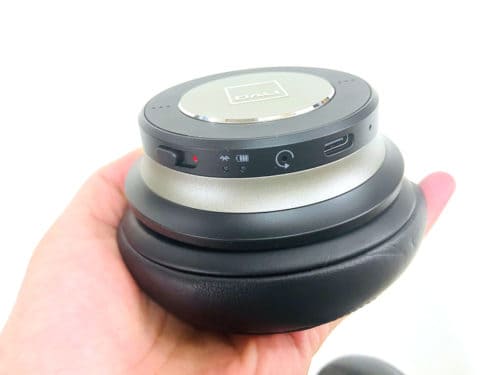
Bluetooth and Supported Hi-Res Codecs
The Dali IO-4 supports Bluetooth 5 (which is the latest Bluetooth technology) and all the important hi-res codecs, including AAC, aptX and aptX HD.
Call Clarity
No complaints in this department. The caller sounded clean and the microphone has good sensitivity as well.
Portability and Durability
Now, the IO-4 swivels flat but it doesn’t fold. And it only comes with a soft carrying case. In fact, I wouldn’t even trust this carrying case if the headphones didn’t feel so sturdy and solid. But the IO-4 probably isn’t the kind of headphone that will snap in half in your bag. That being said, this is $400 headphone. So, investing in a cheap hard case wouldn’t be a bad idea. And to be honest, for 400 bucks, Dali could have thrown in a hard case. But we’ll let it slide.
SOUND
Low Frequencies
Unlike the noise-cancelling IO-6 (with the ANC turned on), the IO-4 is very light on the bass. In my books, it might even be a little stingy. Don’t get me wrong, the bass is very tight and fast, so it’s got funk. But in terms of presence and oomph, it just didn’t have enough of a low end to do justice to pop. And there was very little warmth or richness to speak of when listening rock tracks. That being said, this is one clean headphone. And in terms of detail, acoustic instruments like double basses and cellos sounded highly detailed in this range.
Middle Frequencies
Wow. Again, extremely clean and well-separated in this range for a wireless headphone. Acoustic guitars have crystal like definition. And tracks with heavy instrumentation have very tidy layering. I think if you’re a fan of folk, you may be blown away when you play a Bob Dylan or Nick Drake track. Presenting an extremely thin sound, the IO-4 just handles acoustic instruments so delicately and with such precision, that it’s hard to stop listening. Male vocals also feel highly nuanced and intimate on these cans. So, any singer, songwriter type track sounds divine.
The midrange is relatively even in its balance. So, vocals feel naturally placed within the mix. And even though the sound signature is far from meaty or lush, you’ll still feel like you’re hearing the full spectrum of the midrange. So, there is some sense of expansiveness here.
High Frequencies
Nice extension in this range. And with that thinness that characterizes the sound signature, percussion up here sounds super crisp and light. It’s weird, it really sounds like paper, if paper had a sound. Playing a couple of violin solos, the level of transparency and subtlety is undeniable. And listening to female vocals in the high frequencies, voices are super airy and feathery. In fact, the slightest crackles in the voice almost seem highlighted.
Soundstage
Spacious, yes. But perhaps because the separation is so superb and the presentation is so precise, the imaging also feels super accurate and multidimensional. For example, you’ll not only feel plenty of height, but the gradations of instrument placement across the vertical axis are extremely well defined. So, if you’re coming from a wireless headphone in the lower price ranges, the holographic feel of the IO-4 should bring a whole new dimension into your listening experience.
PROS and CONS
Pros: Incredible precision and definition; uniquely light and thin sound profile that will be enjoyable to fans of acoustic genres.
Cons: Unlike IO-6, not enough bass or warmth for most people; some listeners may want a richer, thicker profile.

SUMMARY
The Dali IO-4 delivers the most unique sound I’ve ever heard on a wireless headphone. Remarkably precise and clean, the IO presents a very nuanced sound signature. And anyone who enjoys an acoustic track will undoubtedly be impressed with how natural the sound feels. Furthermore, for those who like a lightweight sound profile, it doesn’t get any lighter (or thinner) than this. But that’s also the problem with the IO-4. It’s not necessarily a crowd pleaser, given that most crowds go for a richer and warmer feel with a lot more bass. And the bass is certainly lacking. That being said, my colleagues who tried the noise-cancelling IO-6 did mention that it offered plenty of warmth and sufficient bass. So, if you don’t mind spending the extra 100 bucks on the IO-6, you can get the best of all worlds.
You can get the Dali IO-4 headphones for the best price here:
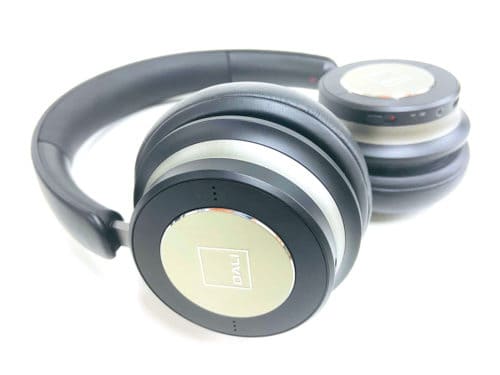
MajorHiFi may receive commission through retail offers.
MAJORHIFI may receive commissions from retail offers.


